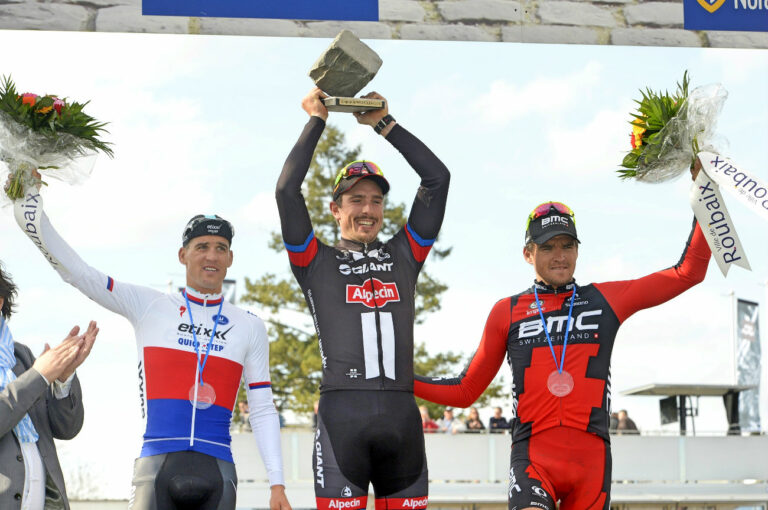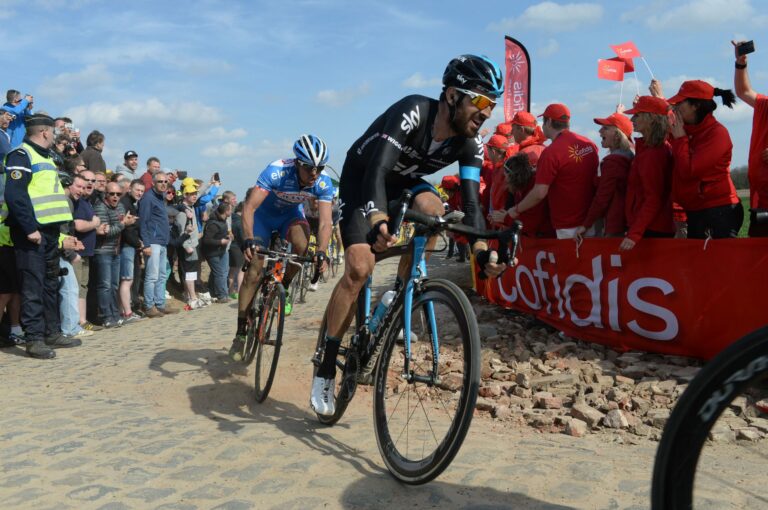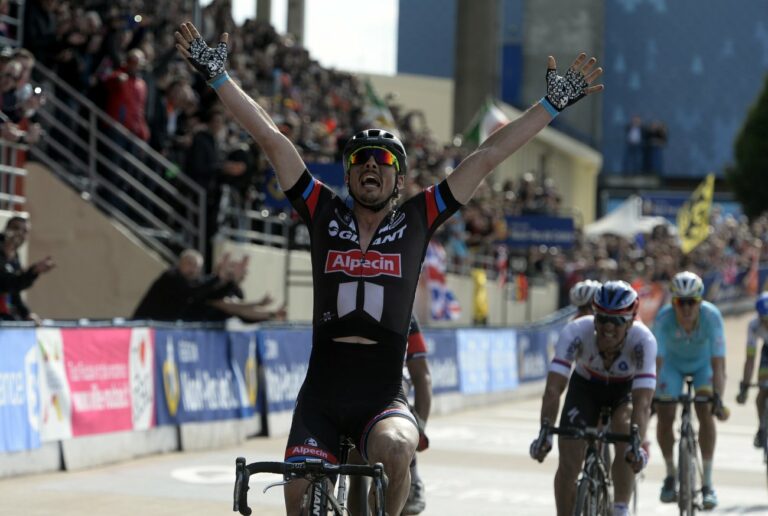The kings of one day racing
-
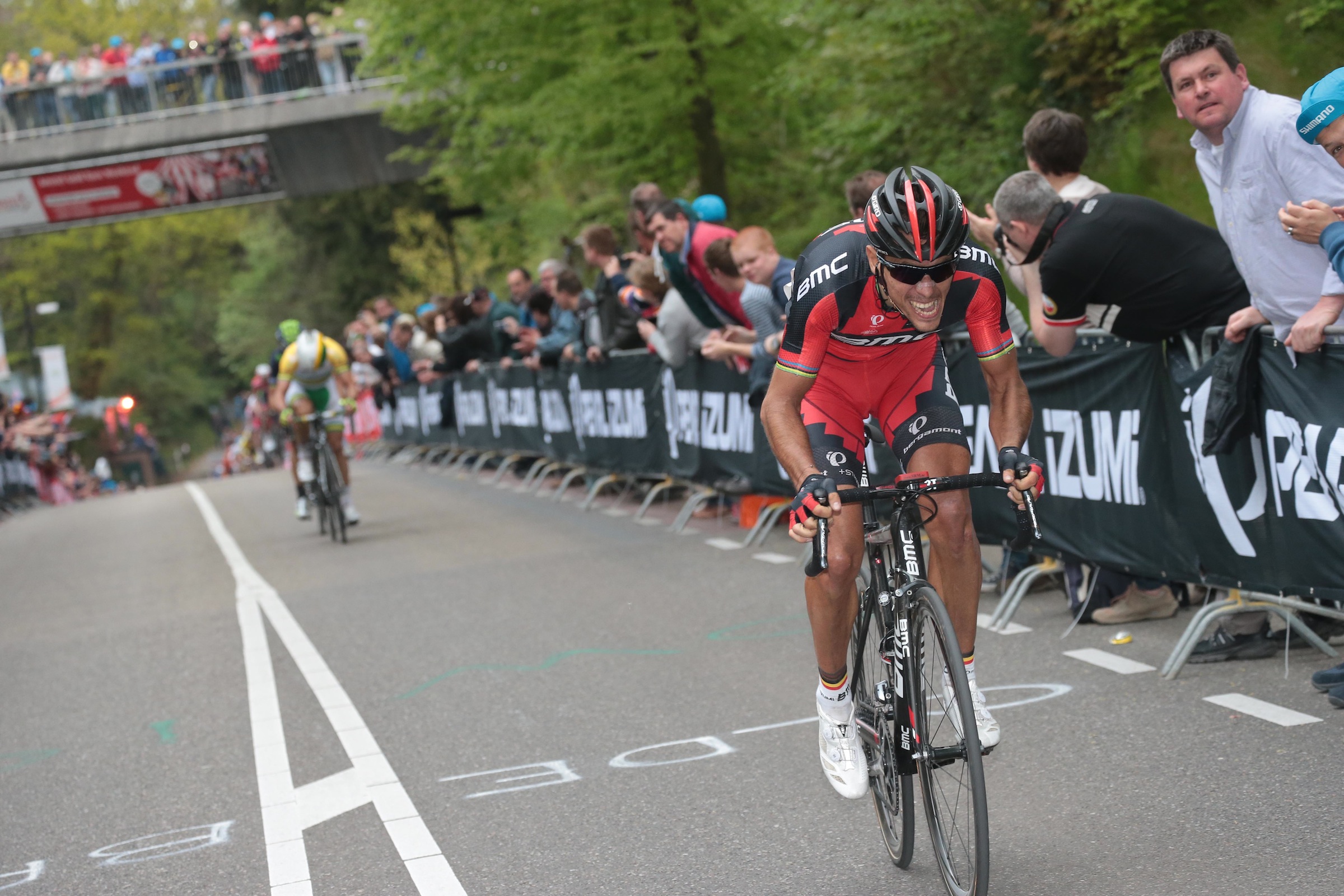
Philippe Gilbert won the 2014 Amstel Gold Race with yet another unanswerable attack on the Cauberg (Pic: Sirotti)
-
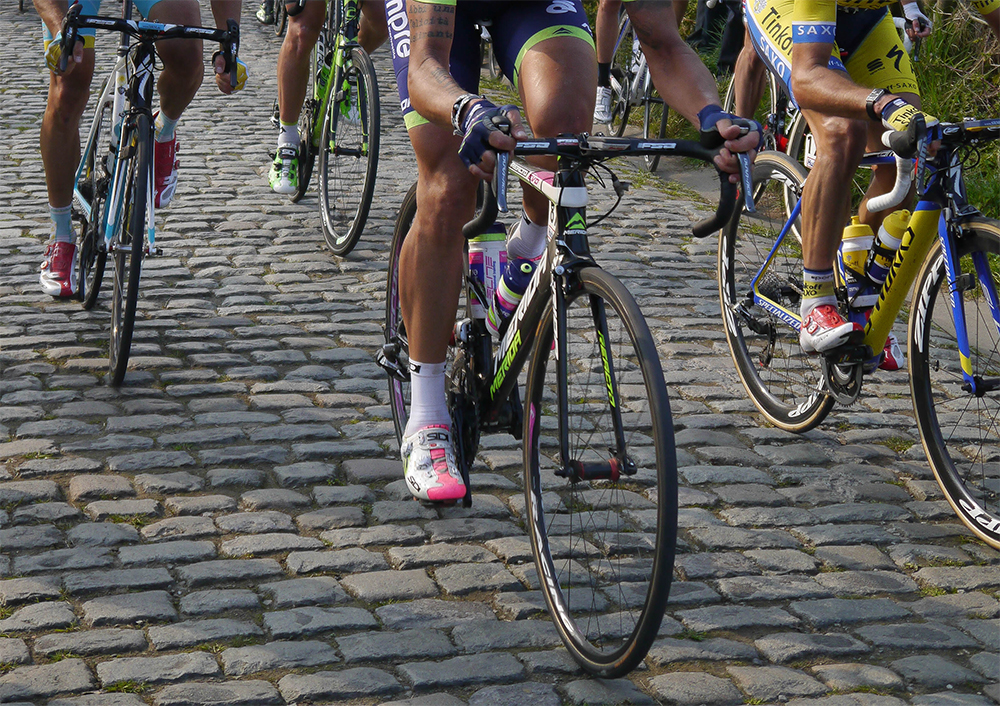
Legends are made on the cobbles
-
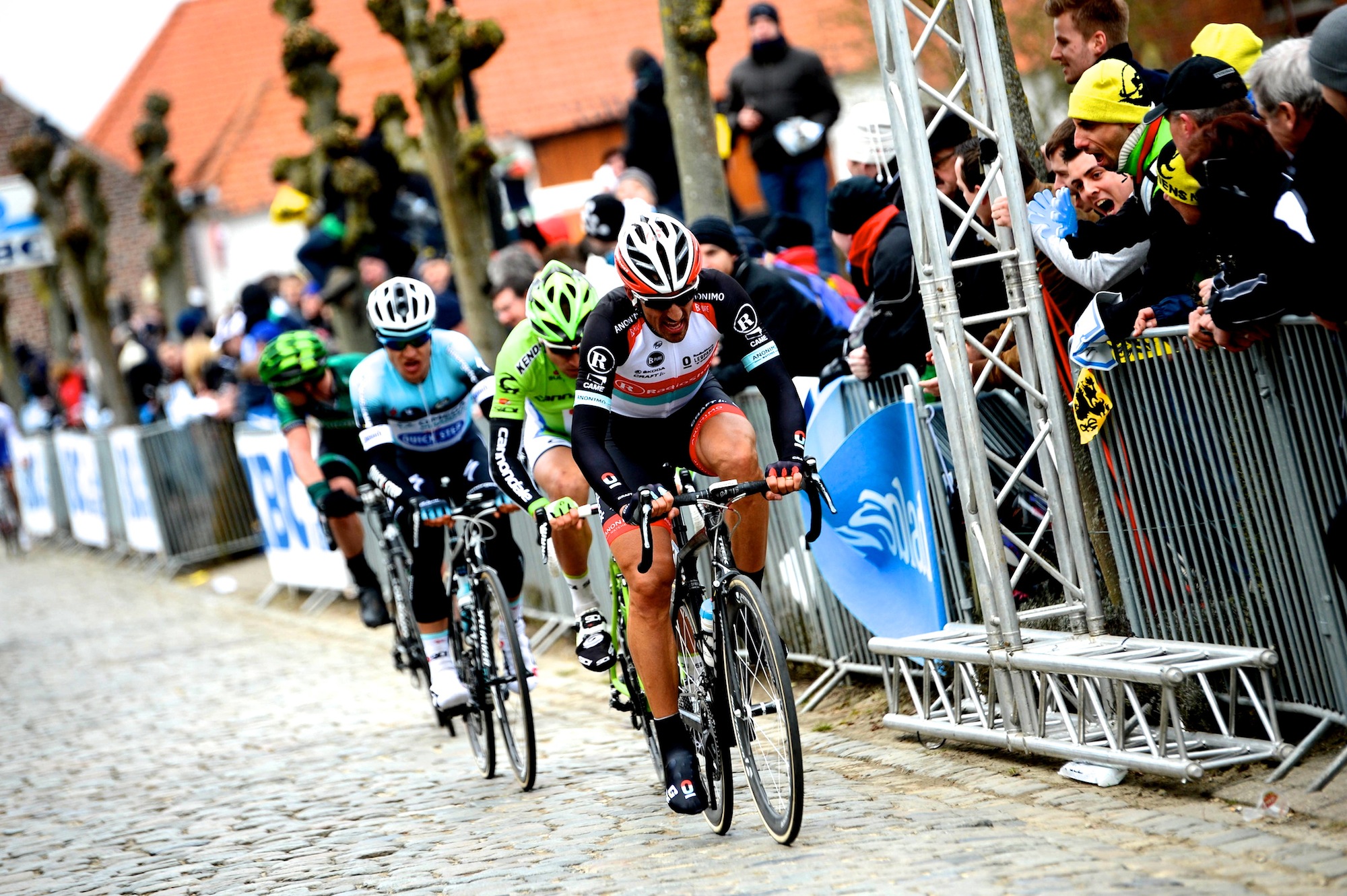
Fabian Cancellara detonated the 2013 Tour of Flanders on the final ascent of the Kwaremont. The cobbled ramp will feature three times in next year's Ronde (Pic: Sirotti)
-

Tom Boonen celebrated a record-equalling fourth victory at Paris-Roubaix and with it a record-equalling second Ronde-Roubaix intra-season double
-
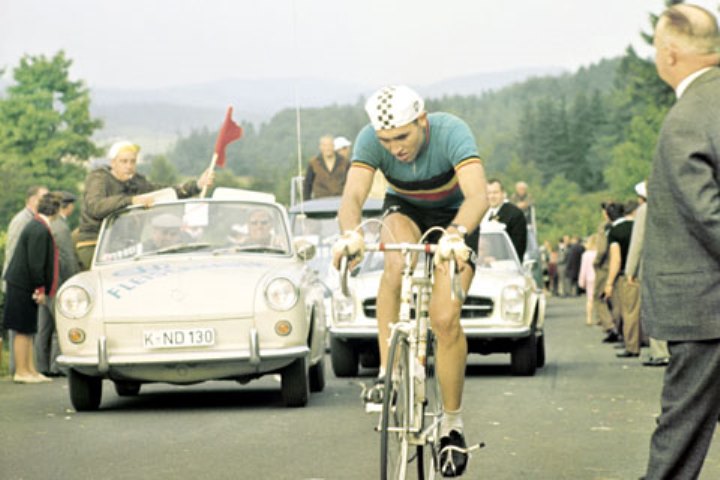
"Ride lots" was Eddy Merckx's opinion on how to become a better cyclist. It might not be that simple but hours in the saddle definitely make a difference
-

Sean Kelly won the points classification four times in both the Tour de France and the Vuelta a Espana (Pic: BONTEMPS, via Wiki Commons)
-
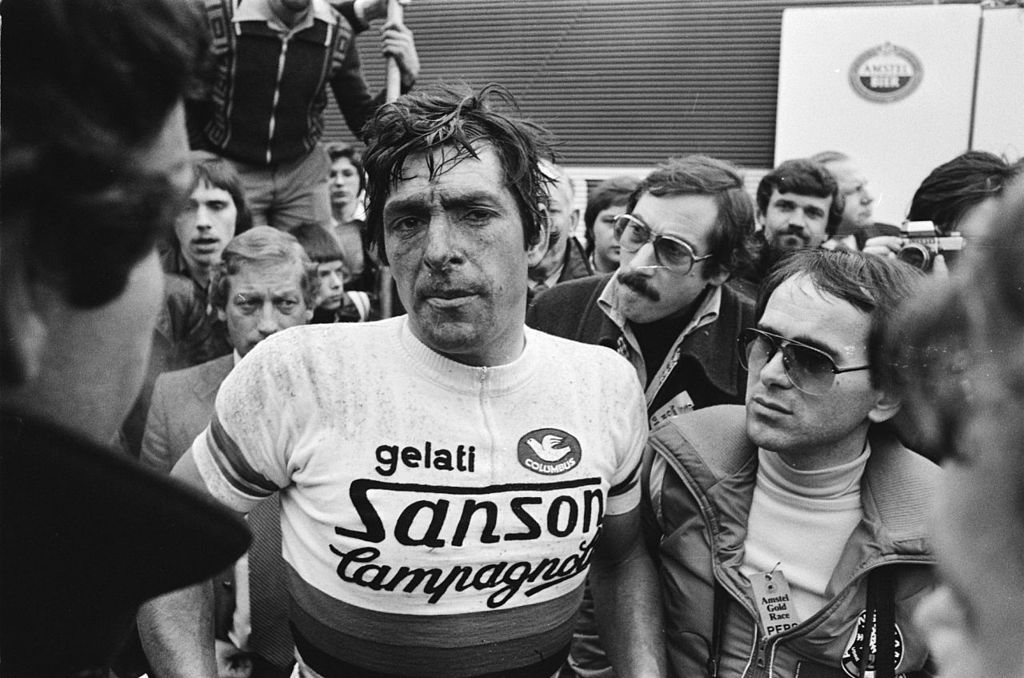
Francesco_Moser, pictured at the 1978 Amstel Gold Race (Pic: Verhoeff, Bert/Anefo, via Wiki Commons)
-

Philippe Gilbert won the 2014 Amstel Gold Race with yet another unanswerable attack on the Cauberg (Pic: Sirotti)
-

Legends are made on the cobbles
The kings of one day racing
Ah, the Classics…
Stage racing is all well and good, but by late March we’ve had our fill of week-long races, culminating in Tirreno-Adriatico and Paris-Nice. It’s time for a different sort of rider to come to the fore. One that’s not necessarily at home carting their powerful bodies up long, steady climbs but instead prefer to power up steep, cobbled hills putting out the sort of wattage that would make your fridge explode.
And it all happens in a day. That’s what makes the Classics so special, along with the fact that they’re held in places where the man to first propose a bike race on such terrain was probably, and quite rightly, cast out of the village and told to get his head examined. While stage races are the slow burners, the Classics are more like sprints. Even Milan-Sanremo. Proving, once again, the craziness of cycling where a 293km race could ever be considered a sprint…
As it always does at this time of year, murmurs of legacies start to build up. Will Cancellara become the first rider to win Flanders four times? We know that Boonen will have to wait at least another year for a crack at that fifth Roubaix title, but will Wiggins, Standard or even Thomas become the first Brit to hold that lone cobble loft in the famous velodrome?
With all that to come, we’ve cast our minds back and singled out ten riders (in no particular order) across the decades who we think are the best ever one-day riders – and backed that up with a video of each rider in their pomp. Make your own nomination in the comments section below.
